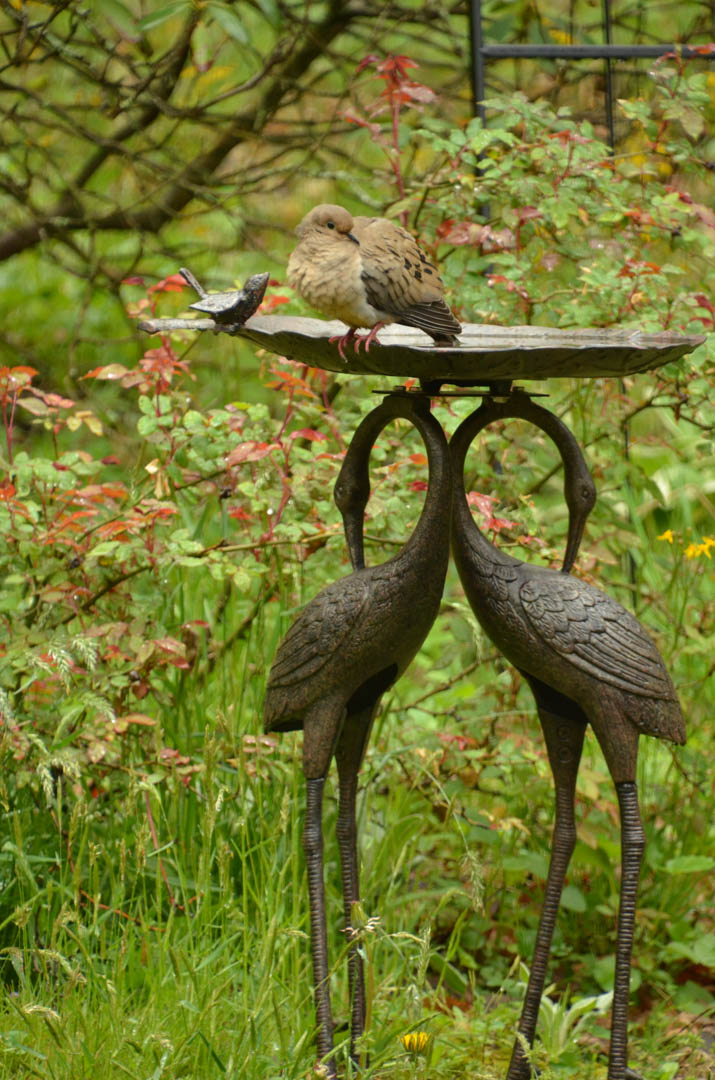Offering Water For Wildlife: Some Things to Consider
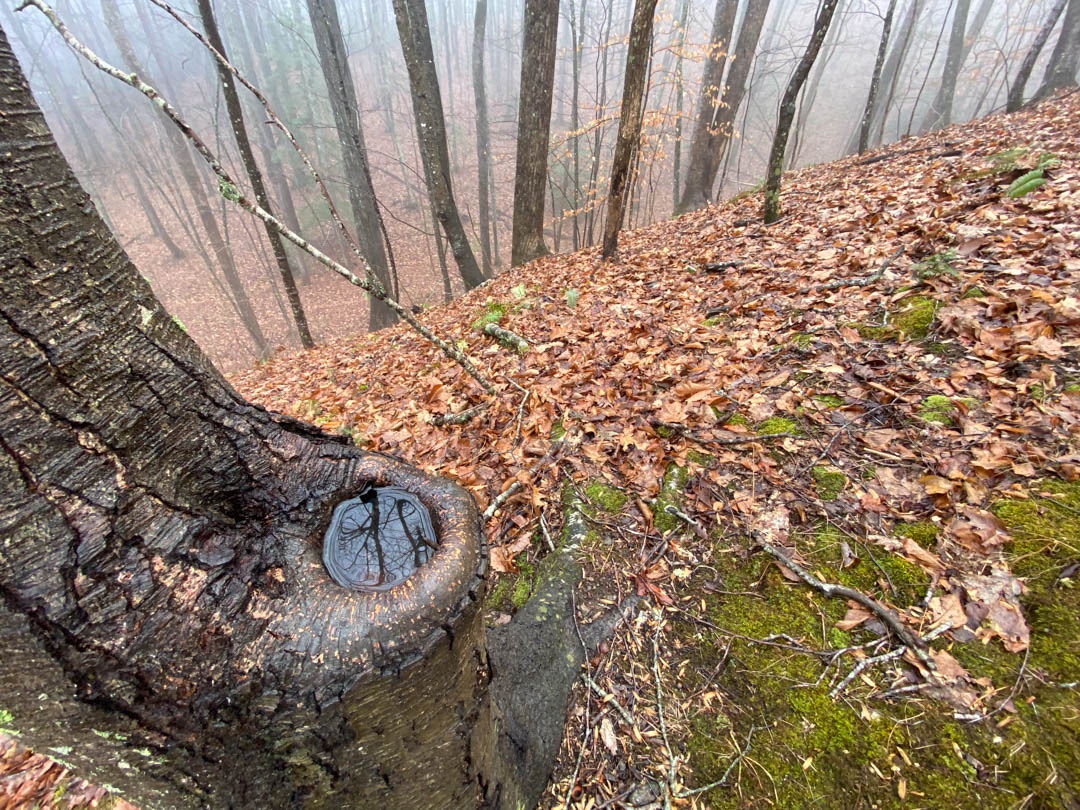
Article and photography by naturalist Sharon Mammoser.
All animals need water for survival and they’re not fussy, getting it wherever they can— streams, rivers, ponds, lakes, ditches, puddles, dewdrops, and temporary pools that appear after rain. As habitat shrinks and animals and people are forced to coexist, water sources people provide can be especially beneficial.
This past summer in western North Carolina was hot and dry, with no rain for months. My wooded property has several small streams, but these are ephemeral, full of water only after heavy rain. In addition to several bird baths, I added two large 15 gallon water tubs, setting these up in the woods where I was sure the bears and other animals would have easy access. I put trail cameras nearby, curious about visitors at these new “watering holes.” I was thrilled when I got footage of a mama bear cooling off on especially hot days, and of her young cubs playing in the tubs. Deer, squirrels, opossums, and raccoons also made regular visits.
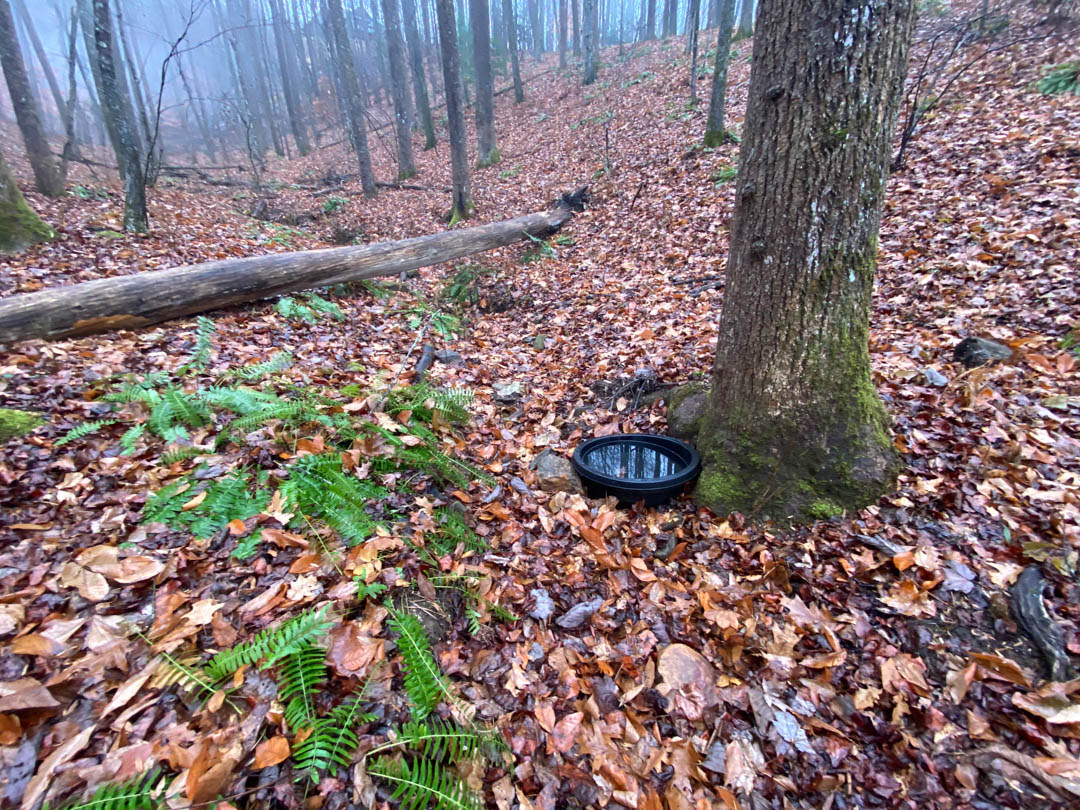
It’s easy to offer water for wildlife and anyone can do it, regardless of the size of your yard. Like a bird feeder, these water sources will attract animals, provide them with essential water, and provide you with lots of free entertainment. Yes, you could spend thousands of dollars on a landscaper to install a pond or waterfall feature, but thankfully, there are plenty of less expensive options.
ALL OF THEM however will require a time commitment and if your schedule is too full for this, it’s better to skip offering water. Know why? Because if left alone the stagnant water will accumulate bacteria, fungi, algae, and parasites that could harm the very animals you’re trying to help, and just as bad, contribute to a thriving mosquito population. Did you know female mosquitoes will lay their eggs in ANY still water, even if it is barely enough to fill a cup? And Mother Nature designed them smartly, setting up a race between the developing larvae and the disappearing water. Larvae can become adults in 7-10 days. Luckily you can thwart mosquitoes by changing the water at least once a week, using a brush to scrub away the algae before adding fresh water. For larger water sources, you can add something called a Mosquito Dunk ®, available at hardware stores. The active ingredient in these is a bacterium that is deadly to mosquito larvae but harmless to other living things.
Ready then to take the plunge and offer water for wildlife? Here are three water sources, and some considerations for each one.
- A bird bath.
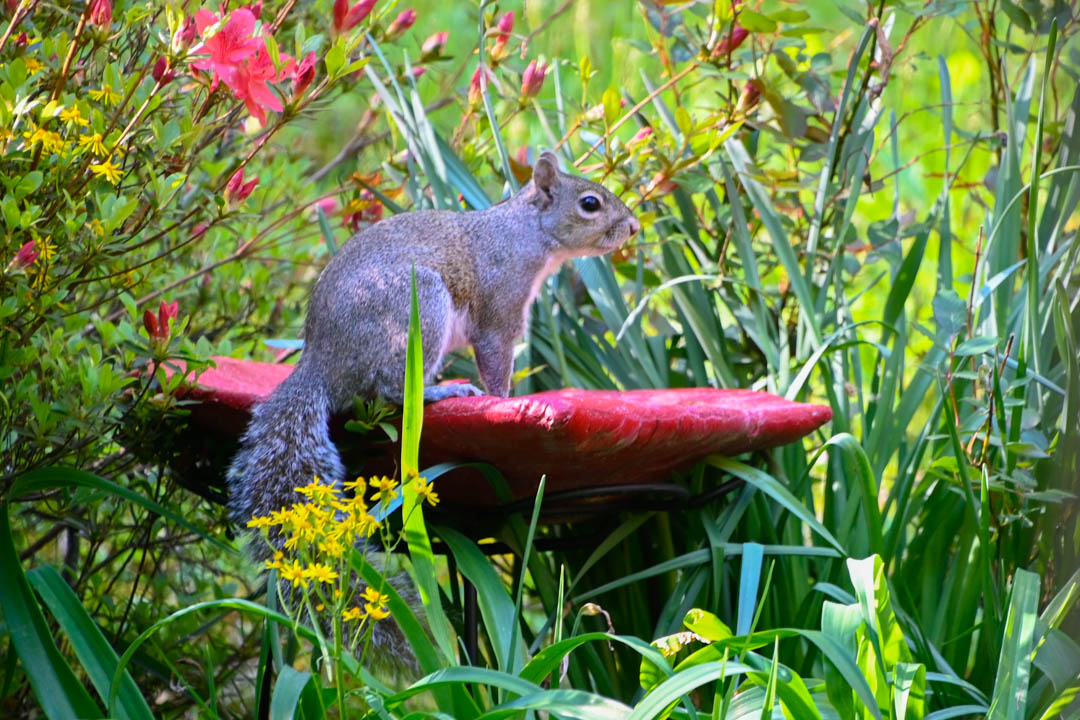
Despite their name, bird baths can provide water to a variety of animals, including birds, but also squirrels, bees and other insects, deer, and even bears. And because each style and type of bird bath offers something different, having more than one is a great idea. Here are some things to consider:
- Location
A bird that feels exposed and at risk from predators will not use a bird bath, no matter how expensive it is, or how regularly you clean and fill it. Birds need to have an escape route close by in order to feel safe, so place your bird bath near tall perennials, bushes, or small trees.
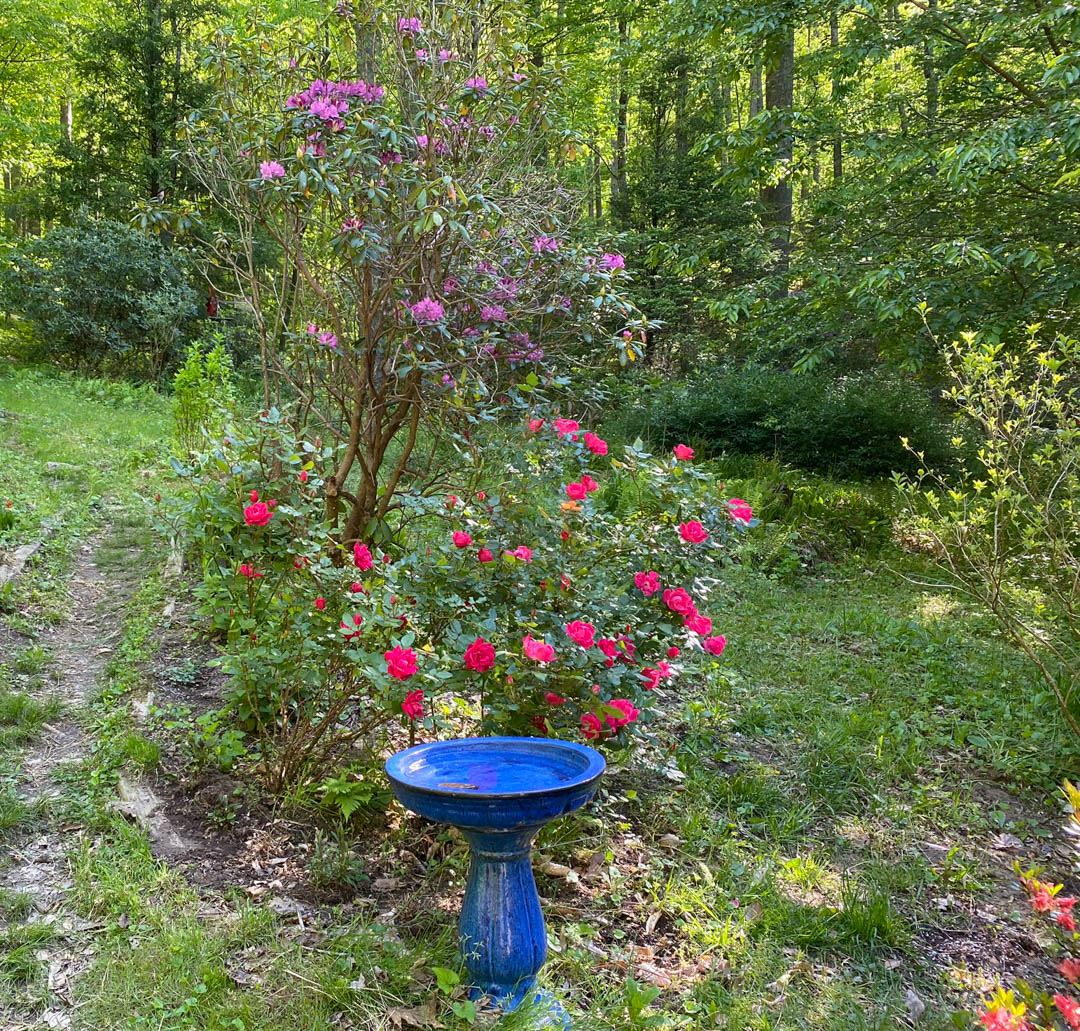
- Depth
Most of our songbirds prefer a shallow pool— and inch to an inch and a half deep. Bird baths with deep wells intimidate most birds and the baths go unused by birds. Thus, if you’re trying to help the songbirds, go with a shallow bath. However, if you already own a deeper bird bath, it can still work for songbirds— just add rocks. And as another plus, a deeper bird bath can attract larger wildlife including squirrels, deer and even bears, as I learned one full-moon night when I saw one stop for a drink at my pedestal bird bath. Deep bird baths also have the advantage of being able to accommodate a heater, making them available year-round. (More below)
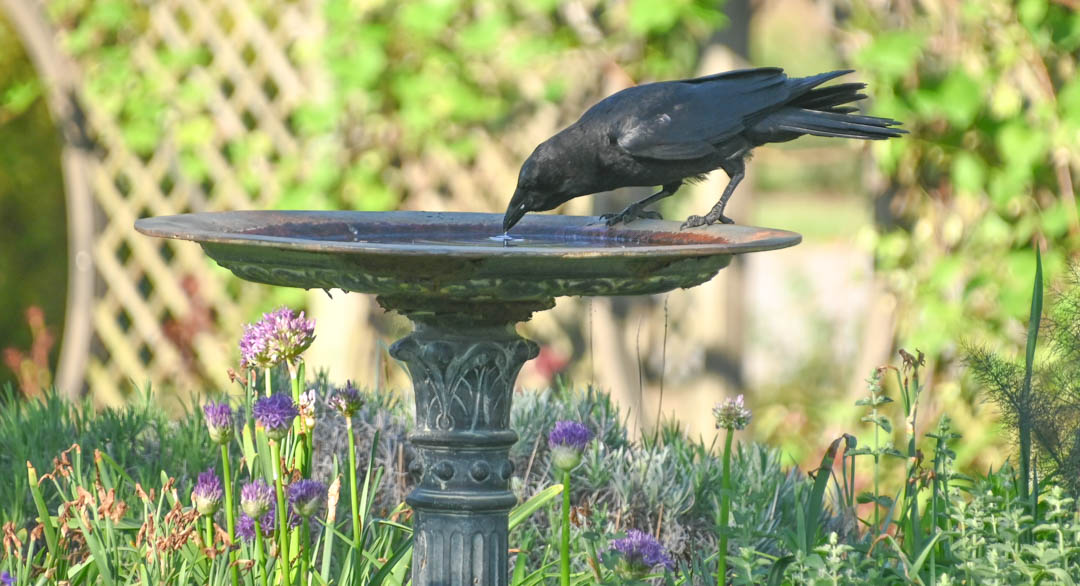
- Materials
Bird baths are made from many materials including concrete, resin, glass, porcelain, metal and plastic. The ceramic, glass and porcelain ones can easily break and will need to be taken down in winter unless they are deep enough to add a heater. (More on this below.) Plastic doesn’t hold up as long and concrete can be difficult to clean. If the design is good, birds don’t care what it’s made of!
- Style
There are ground baths, pedestal baths and even hanging baths. If cleaned and placed properly, any style will benefit wildlife.
- Seasonal considerations
Sometimes finding water in the winter is especially challenging for animals so offering a bird bath even during the cold winter months makes sense. Glass and shallow ceramic baths can easily freeze in winter and should be removed. Did you know there is such a thing as a bird bath heater, also called a de-icer? Most cost $25-$75, and do a great job at keeping a bird bath ice-free in cold weather. I’ve used a heater in my deep ceramic bird bath for years and have enjoyed many, many animals using this winter “spa.” Water heaters are available online, at some hardware stores, and sometimes at stores that sell bird baths and bird seed.

- An insect watering station
Bees, wasps, butterflies and other insects need water too. They will not come to a deep bird bath, needing something instead that is shallow and not slippery. By adding small rocks or marbles, along with water to a small, shallow tray, you can easily create an inviting insect watering station. Place it in a sunny place near flowers or other vegetation and watch to see who visits!
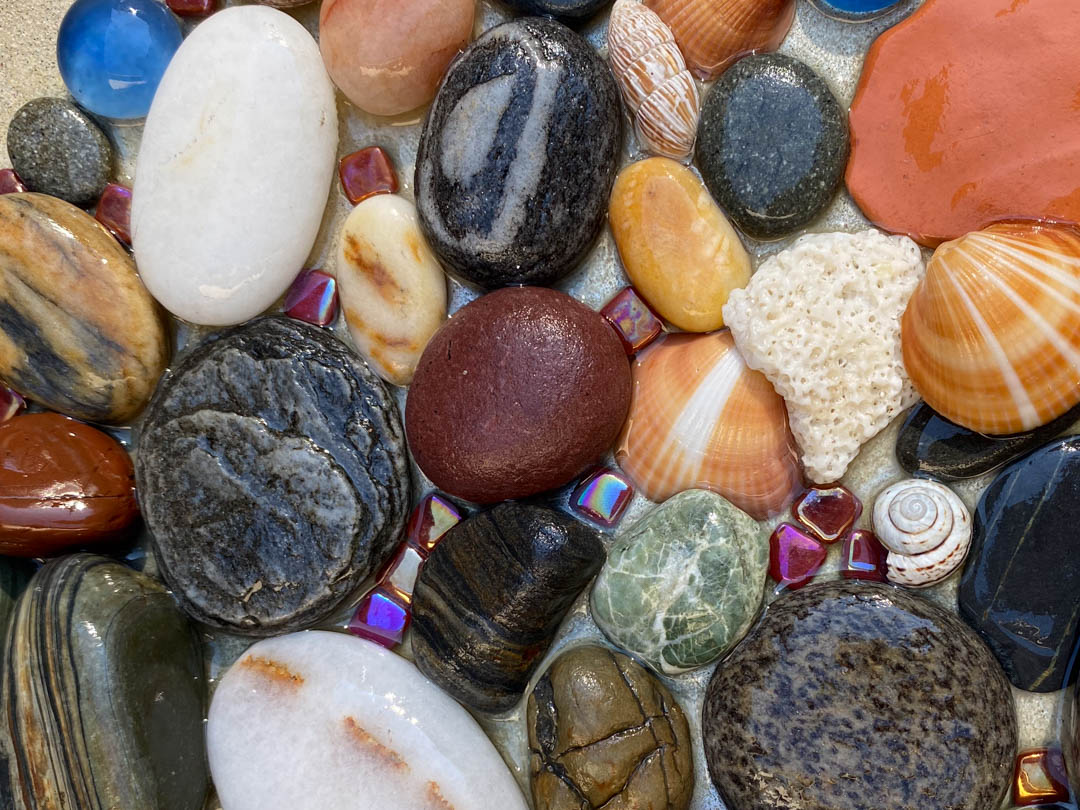
- A tub or bucket for larger animals
Adding a plastic or metal tub for larger animals is another source of water you can add to your yard. When it’s hot, every little bit helps and it definitely doesn’t have to be fancy. My Mom, who lives in Texas, puts out plastic buckets in her yard and regularly gets deer drinking at them.
Some considerations on adding a tub or bucket:
- The sharp claws of bears are no match for plastic as I learned, having to replace both of my plastic tubs with metal ones. You could maybe avoid this by digging a hole and placing the tub underground, but this will make it harder to clean and empty, and the bears can still poke holes in it.
- My tubs are now 16 gallon galvanized steel that I fill by hauling 5 gallon buckets of water. There are smaller and larger sizes depending on how much money you want to spend. Names for these include wash tubs, steel tubs, watering troughs, and stock tubs. Whichever one you chose, remember you are going to have clean and add water regularly so it’s ideal to be within reach of a hose. (And don’t forget to add a Mosquito Dunk ®.)
- I’ve learned the hard way that sometimes smaller animals like millipedes, frogs and insects get in the tubs and then drown. To solve this problem I’ve added a wooden rescue ladder to the side of the tub.
Adding water to your yard is a great and easy thing you can do. In a time when we take so much from animals, it is rewarding to safely give something back. I wish you many enjoyable hours watching wildlife use your water!
